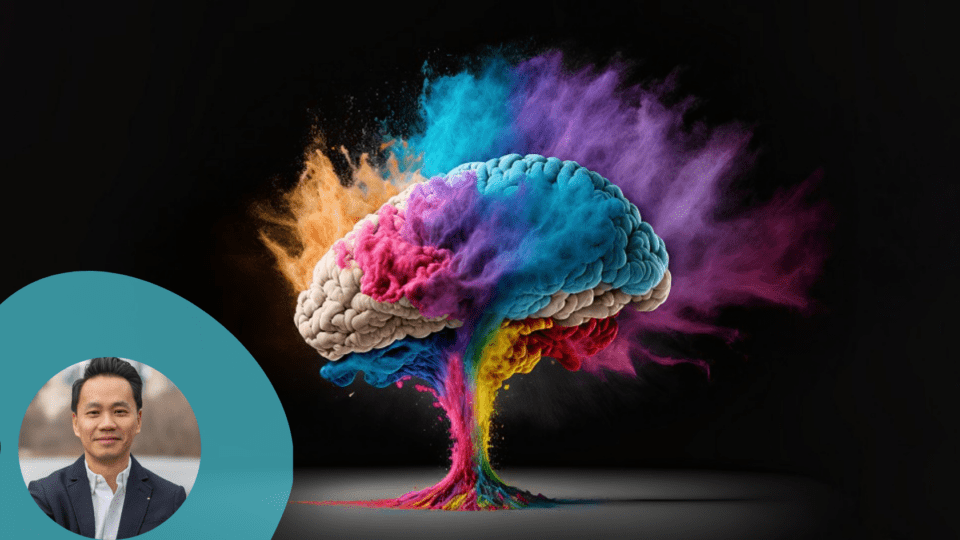As retailers gear up for the 2023 holiday shopping season, predicted to be another big year, expect generative AI to influence consumer shopping and buying decisions. In fact, seven out of 10 marketers in the U.S. are using generative AI in their work already, according to Statista.
This influence is already being felt across the buyer journey. It’s being used to generate marketing content including social media posts, videos and images. It’s also accelerating the creation of virtual and augmented reality experiences, allowing consumers to interact with products in their environments. Brands like Hugo Boss and Nike are doing so already.
As generative AI pushes into the shopping experience, here are three possible uses that can add value to the top-of-funnel activities, and some cautions for brands.
- Content creation: Consumers make a personal choice to shop with a retailer and expect a tailored experience reflecting that decision. AI can be trained to feel more personal, but proceed with caution. If the content is bland, impersonal or incorrect, your brand will suffer in lost reputation and consumer trust. And recent issues related to copyright infringement and generative AI may bring changes for the rules surrounding fair usage of images, text and other content used in consumer-facing advertising and retail.
- Personalization: Generative AI can collect, analyze and create experiences that dazzle consumers, but it’s just as capable of crossing boundaries of taste, ethics and transparency that can turn them off, too. Preserving customer trust and privacy should be top-of-mind for retailers looking to make generative AI a bigger part of their holiday shopping strategy.
- Communication and education: Most consumers have an awareness of generative AI but may harbor misconceptions and fears. Brands seeking to use this technology have an opportunity to engage customers, communicating the presence of generative AI in the consumer experience and where and when it is used. Take advantage of consumer curiosity about chatbots, personalization, bundling, etc. to demystify generative AI. Also, emphasize its benefits by providing opt-out options when customers feel uncomfortable. Demonstrating proactivity and consumer empathy underscores a commitment to delivering a positive experience and reinforces trust and the core that attract buyers to a brand.
Moving from top-of-funnel to online conversions, generative AI can help digital marketers in at least three significant ways.
Advertisement
- Enhanced shopping experiences: Consumer-facing tools like chatbots, virtual assistants, virtual dressing rooms and product/bundling configurators present opportunities for creating greater stickiness with shoppers. Using generative AI, retailers can answer customer queries, address concerns and guide customers through the purchase process. Additionally, virtual configuration and try-on experiences allow customers to view products, clothing and accessories up close without being in a store, reducing hesitation and increasing customer confidence in their selections.
- Real-time readily available insights: Salesforce forecasts generative AI will have a direct influence on the anticipated $194 billion that will be spent globally in online shopping this year. All that spending will deliver a treasure trove of data for marketers and ecommerce managers to spot trends, buying patterns and other “in-the-moment” factors. Whether analyzing sentiment from customer feedback to improve products/experiences, delivering personalized product recommendations and identifying needs and pains for follow-up and upselling, the application of generative AI to real-time insights enables data-driven decision-making to increase customer satisfaction and grow businesses.
- Become a trained ally: Beyond in-the-moment opportunities, generative AI helps retailers improve the consumer experience long-after the first – or 50th – sale. Generative AI captures customer activity that can be combined with a retailer’s own zero-party data to create compelling, personalized shopping experiences and marketing campaigns. Further, generative AI can analyze historical shopping trends to forecast demand and ensure inventory availability when the next toy or gadget fad hits a holiday fever pitch. Plus, generative AI makes the chatbot experience more helpful, personal and customer-friendly, with instant support even during peak shopping season. Combining retailer data with trained large language models drives repeat traffic and enhances cross-selling and upselling opportunities to boost order value.
Retailers can use generative AI to elevate the online shopping experience and drive more sales and foster customer loyalty, ensuring 2023 is another big year in ecommerce.
Ken Yanhs is the Chief Marketing Officer at Zoovu. As a marketing leader with global experience, he excels at delivering prospects and customers for leading B2B and B2C brands. He is focused on engagement and marketing effectiveness by using strategy, creative campaigns and tools (CMS, CRM/eCRM, SEO and online advertising) to deliver the optimal digital experience to the right audience at the right time.




